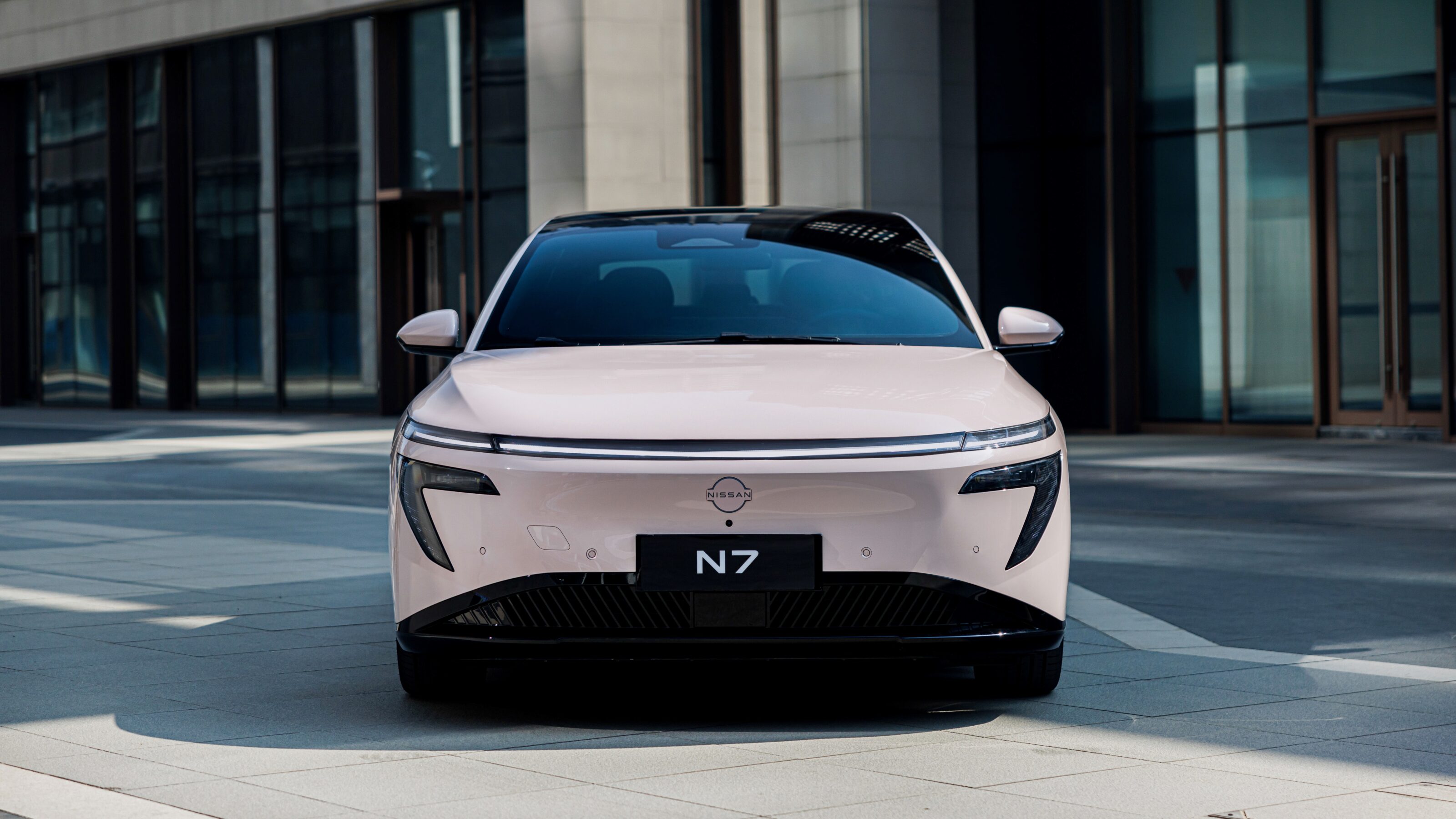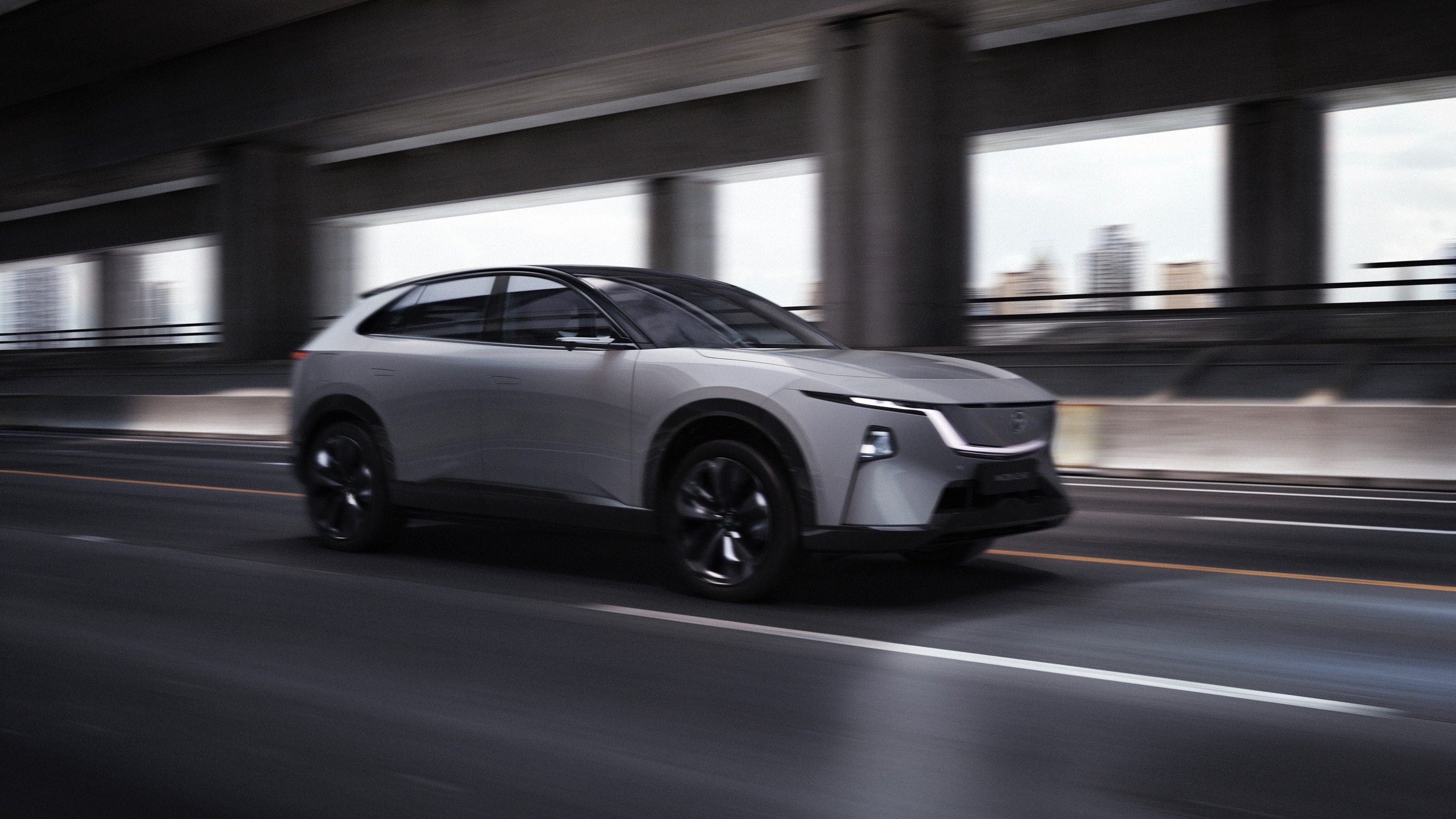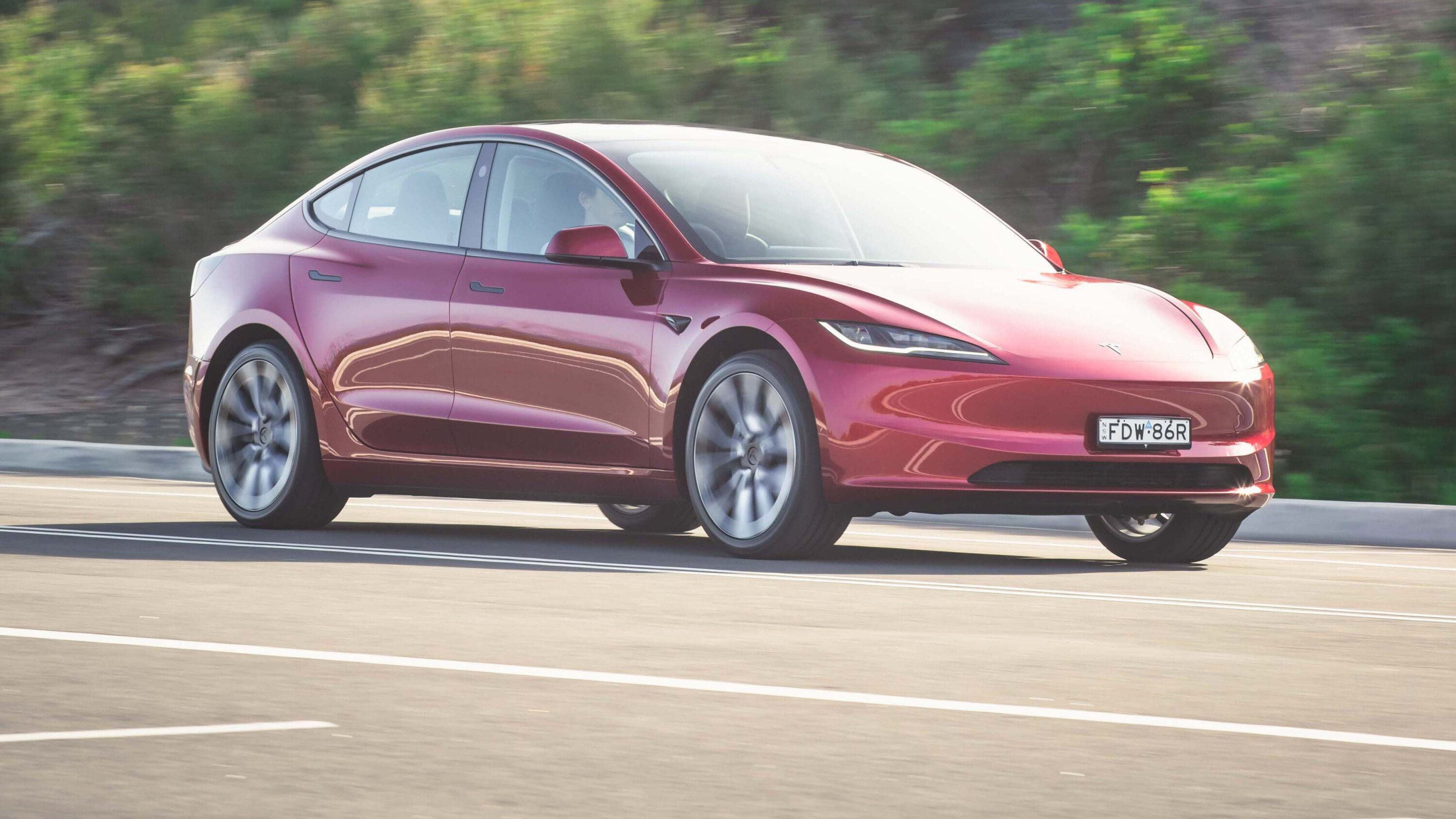
February 1: 2024 Tesla Model 3 deliveries resume, recall issued
January 17: 2024 Tesla Model 3 deliveries paused in Australia due to breach of motor-vehicle regulations
Deliveries of the 2024 Tesla Model 3 electric sedan will be paused from January 18 as the brand works with regulators to resolve a compliance issue.
“We regret to inform you that deliveries of Model 3 in Australia will be paused from close of business 17 January 2024,” said a Tesla Australia communication sent to customers.
“This pause is related to a technical compliance matter that we are working closely with the relevant authorities to resolve. We understand that these changes may lead to a delay in the delivery and want to assure you that resolving this matter is our top priority.

“We expect to recommence deliveries within the coming weeks. Our team will be in touch to provide further updates on your delivery as soon as possible.”
As detailed below, the delivery pause relates to the updated Model 3’s lack of an accessible top-tether anchor point in the rear-centre position, which is required under the Australian Design Rule 34/03.
On Monday, ANCAP announced the five-star safety rating for the Model 3, achieved in 2019, “cannot be applied to facelifted vehicles at this time”, with the latest model currently ‘unrated’.
Our earlier story, below, continues unchanged.
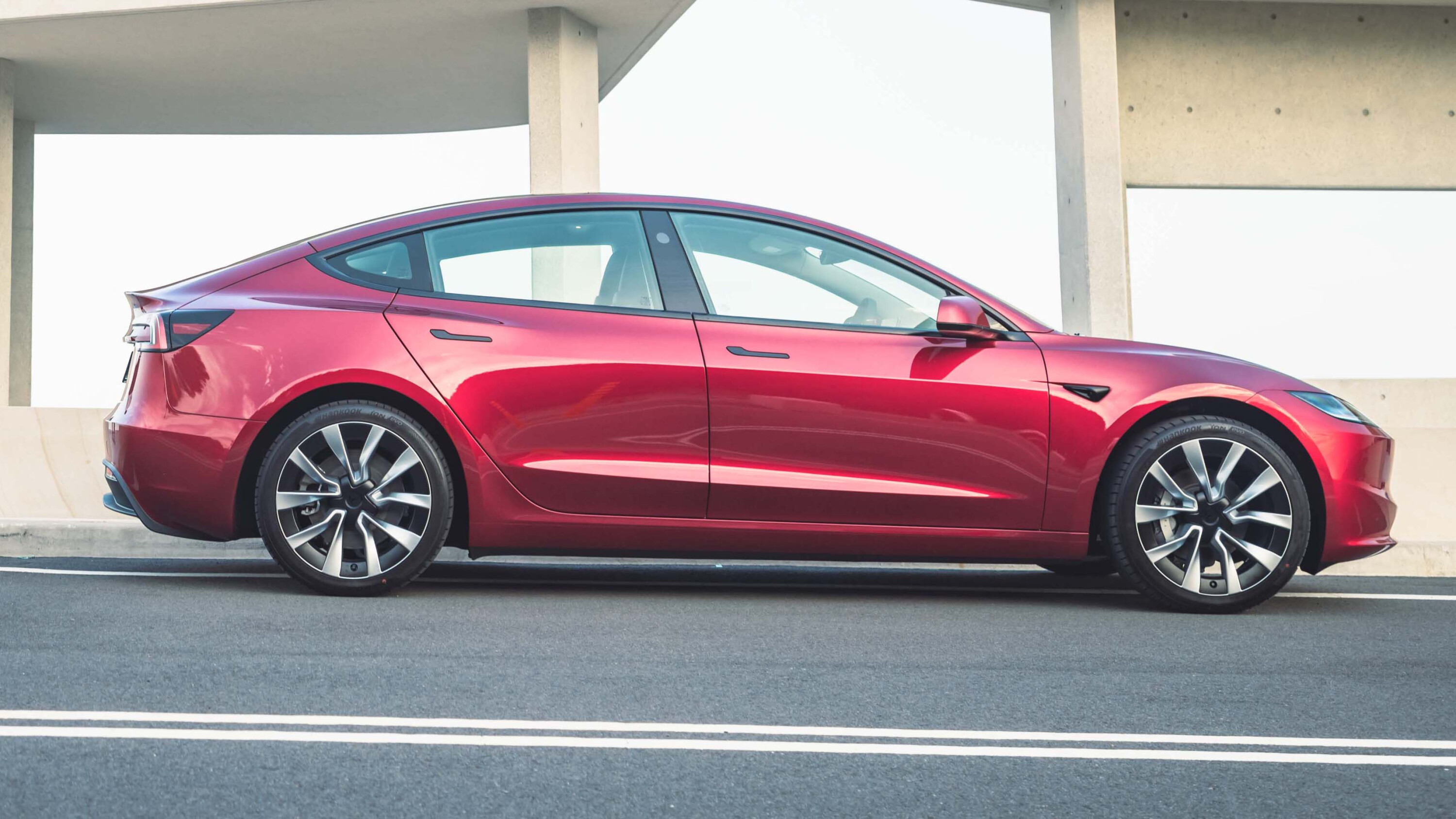
January 9: 2024 Tesla Model 3 could soon be recalled for child-seat compliance fix
The 2024 Tesla Model 3 electric sedan is under investigation by government authorities due to a potential breach of Australia’s motor vehicle regulations.
In Australia, all passenger vehicles registered as five-seaters must be fitted with a visible top-tether point for all rear seats to secure a child seat, including the centre position.
First reported by Drive [↗], Tesla is understood to have removed a flap to access the rear-centre top-tether point without tools or modification as part of revisions made to the facelifted Model 3 sedan that began customer deliveries in Australia in December 2023.

The previous Model 3 had access for all three top-tether points in Australia.
The Australian Design Rule 34/03 states: “Clearance shall be provided around each ‘Upper Anchor Fitting’ to allow latching and unlatching, without the use of tools, of the ‘Attaching Clip’ to the ‘Upper Anchor Fitting’ when it is installed in the vehicle.”
A Department of Infrastructure, Transport, Regional Development, Communications and the Arts spokesperson told WhichCar it was looking into the matter.

“The Department of Infrastructure, Transport, Regional Development, Communications and the Arts is aware of concerns regarding the child restraint anchorage points in the 2024 Tesla Model 3 and is looking into this matter.
“Road safety is a top priority of the Australian Government. That is why we have legislated road vehicle standards in place to ensure all road vehicles, both new and used, being provided to the Australian market for the first time meet critical national standards for safety, security and emissions.
“The department’s compliance approach and model sets out how compliance and enforcement work is managed under the Road Vehicle Standards legislation.”
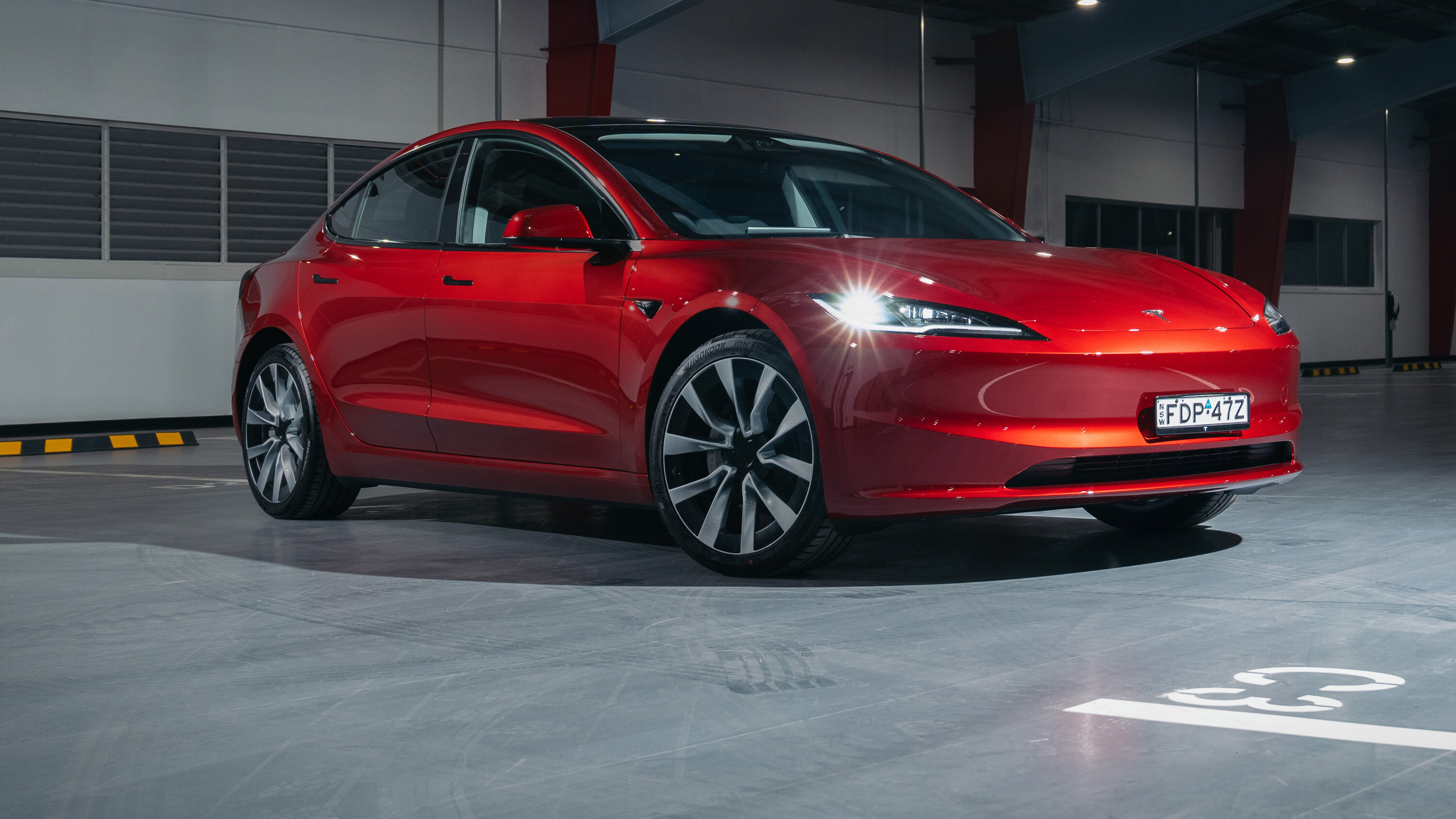
If the Tesla Model 3 is in breach of Australian Design Rules, the brand would likely be required to pause deliveries in Australia and initiate a safety recall to fix the issue for vehicles already delivered to customers.
The latest compliance issue regarding top-tether points for the rear-centre seat position follows the BYD Atto 3 and Honda HR-V small SUV models in 2022.
In the BYD Atto 3’s case, the brand was required to temporarily pause sales and perform a ‘voluntary safety recall’ after it was found the model had failed to comply with the Australian Design Rule requiring a top-tether to attach a child seat in the rear-centre seat.
It was still fitted with a top tether mount incorporated into the seat, but it was hidden behind the fabric of the backrest – making it inaccessible without the use of tools.
BYD Australia said little more than a “Stanley knife with a very professional operator” was required to solve the compliance issue for vehicles built prior to the resumption of sales.
In the Honda HR-V’s case, the brand decided to instead comply the vehicle as a four-seater in Australia, rather than invest in a top-tether point for the rear-centre position to legally sell it with five seats.



